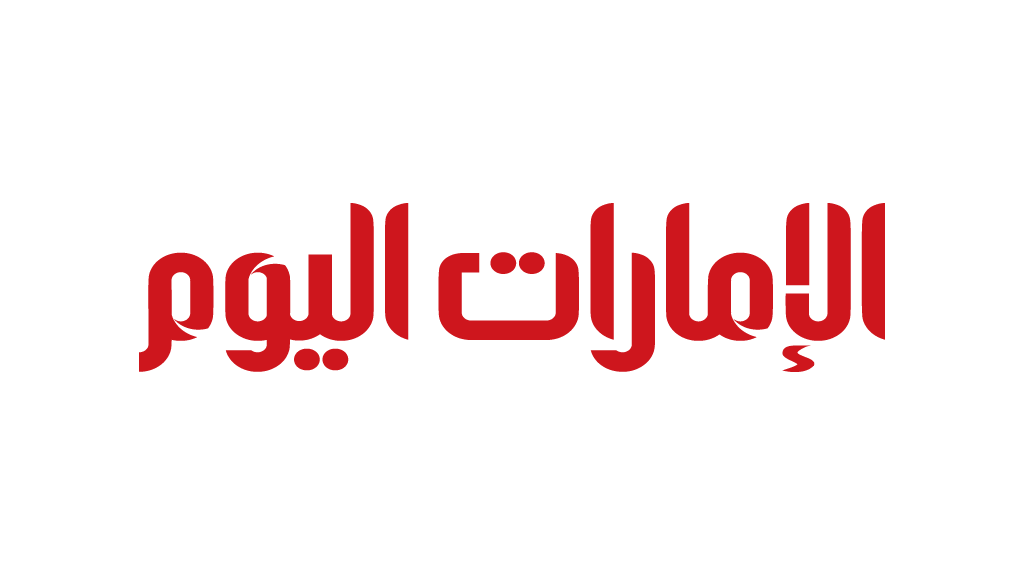The Kurna outbreak showed how China successfully used advanced technology to fight the epidemic. Local authorities have deployed robots, drones to measure people's temperature, and used virtual reality to communicate with patients, artificial intelligence that allows rapid detection, and all this has proven effective in past weeks, and that China has been advancing toward the future at a steady pace.
This country has become a world leader in the field of civil "Drone" aircraft, and it is no wonder that it was able to adapt its devices to the needs resulting from the outbreak of the emerging virus. In Guangzhou, the manufacturer, XAG, adapted its hardware, usually intended for agriculture, to allow it to spray anti-virus spray in the worst-affected areas.
This solution is also used in Jilin, Shandong and Zhejiang provinces. In Jiangxi Province, the governor asked the residents to park near their window so that the "Drone" plane could measure their temperature. Once the Home Quarantine Order was decided, the authorities deployed UAV fleets to encourage residents to return to their homes. Some of them had pre-recorded messages, and others were broadcasting live announcements, such as the one urging to stay inside, "Isn't it comfortable to stay home with food and drink?" And "You don't even wear a mask!" And "Don't go out if it's not necessary!"
Some surveillance aircraft are equipped with thermal cameras, which can identify passers-by who have fever and notify the police immediately.
While Huangshi's 3 million people were bound by the curfew and keeping the doors and windows closed, the city was crowded with motorized vehicles spraying walls, sidewalks, bus stops, and other places. At the epidemic center, in Wuhan, white driverless carts from Jingdong Racing Company began providing meals and medical supplies to the exhausted city hospital staff. Fully automated food trucks are used, as nurses come to buy food, daily. In hotels designated to accommodate "Covid 19" patients, in Hangzhou, small robots, dubbed "peanuts", that were carrying food trays to patients, were brought in twice a day.
One thermal camera, about 200 people per minute, scanned with a 0.5% error. And in a country that is a reference in surveillance operations, the arsenal has proven effective in detecting potential citizens affected by the virus, using artificial intelligence algorithms, by companies such as Sunset Time, which specializes in face recognition, which have equipped thousands of cameras to monitor the temperature of the population , And alert the authorities as soon as a city resident is discovered, at a temperature above 37.3 ° C.
Sense Time says that the temperature can be recognized even when the person is wearing a mask, and this is done "with a relatively high degree of accuracy." Police were equipped with helmets equipped with thermal cameras that allow to measure the temperature of the population, with a margin of error of 1%, at a distance of one meter. Meanwhile, online sales giant Alibaba has used artificial intelligence during the crisis to reduce detection time in lung scanners for prospective patients and reduce evaluation time to 20 seconds (and 96% accuracy) versus fifteen. Accurate upon human evaluation.

